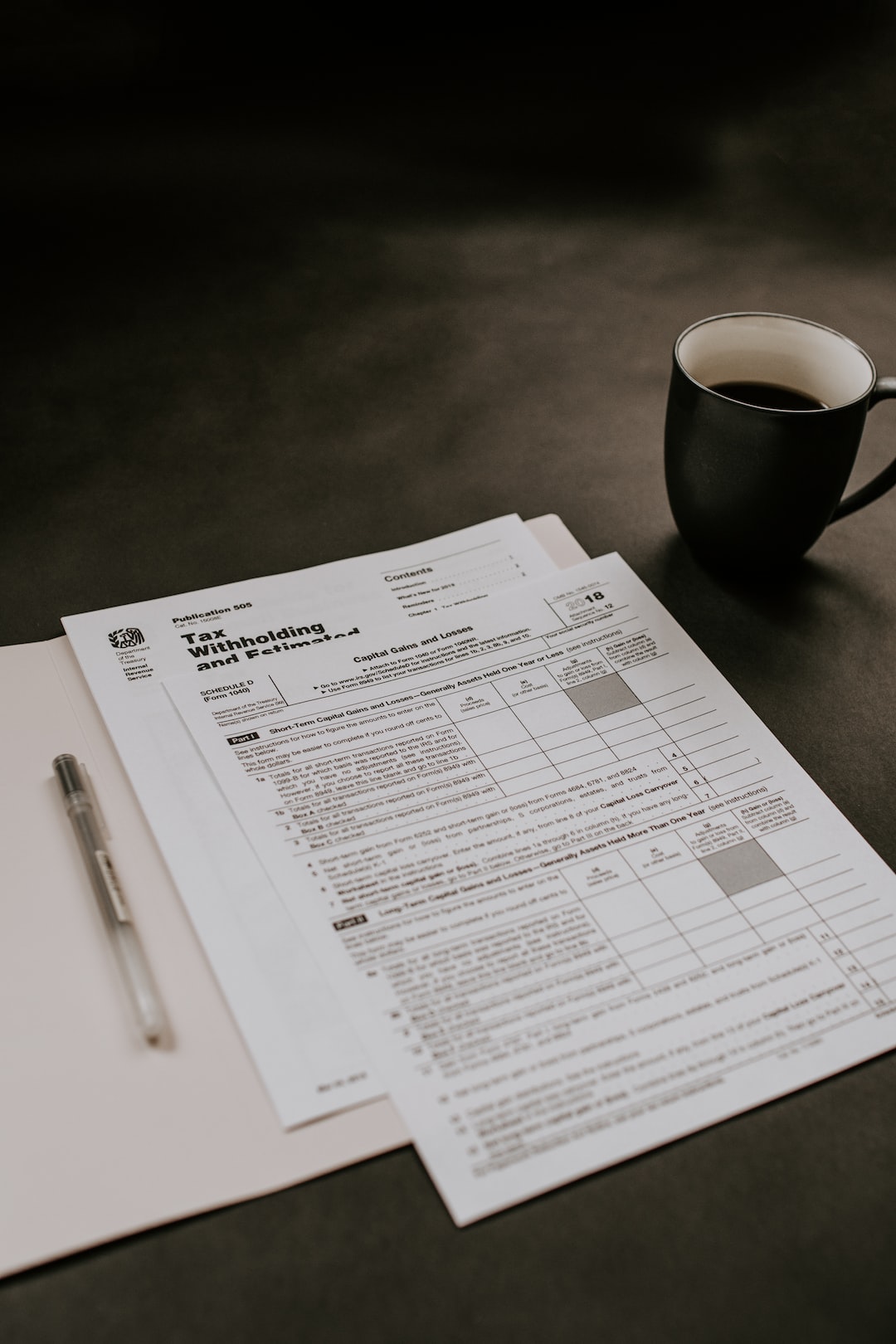Forex charts are a crucial tool in trading foreign exchange, as they provide traders with a visual representation of the market’s movements. Therefore, knowing how to read and interpret forex charts is essential in becoming a successful forex trader. In this article, we will discuss how to train forex charts, including the basics of forex charts, the different types of forex charts, and how to use them effectively.
Basics of Forex Charts
Forex charts are graphical representations of the price movements of currency pairs over time. They are used to analyze trends and patterns in the market, which can help traders make informed decisions. Forex charts typically display the price on the y-axis and time on the x-axis. The price can be displayed in different formats, including open-high-low-close (OHLC) bars, candlesticks, and line charts.
OHLC bars display the opening, high, low, and closing prices of a currency pair for a given time period. Candlesticks are similar to OHLC bars but use a different graphical representation that is easier to read. Line charts connect the closing prices of a currency pair for a given time period. Each type of chart has its advantages and disadvantages, and traders should choose the one that suits their trading style.
Different Types of Forex Charts
There are three main types of forex charts: line charts, bar charts, and candlestick charts. Each type of chart displays price data differently and can provide traders with different insights into the market.
Line charts are the simplest type of forex chart and connect the closing prices of a currency pair for a given time period. They are useful for identifying long-term trends in the market but do not provide much detail about price movements.
Bar charts display the OHLC data of a currency pair for a given time period. They are useful for identifying short-term trends in the market and can provide traders with more detailed information about price movements than line charts.
Candlestick charts are similar to bar charts but use a different graphical representation that is easier to read. They display the same OHLC data as bar charts but use candlesticks to represent the data. Candlestick charts are useful for identifying trends in the market and can provide traders with more detailed information about price movements than line charts.
Using Forex Charts Effectively
Traders can use forex charts to identify trends in the market, analyze price movements, and make informed trading decisions. However, to use forex charts effectively, traders need to understand how to read and interpret them.
One of the most important things to consider when analyzing forex charts is the timeframe. Traders should choose a timeframe that suits their trading style and strategy. For example, if a trader is a scalper, they may want to use a short-term timeframe, such as a 1-minute or 5-minute chart. If a trader is a swing trader, they may want to use a longer-term timeframe, such as a daily or weekly chart.
Traders should also look for patterns and trends in the market. Patterns, such as head and shoulders and double tops, can indicate a potential reversal in the market. Trends, such as uptrends and downtrends, can provide traders with an idea of the overall direction of the market.
Another important aspect of using forex charts effectively is understanding support and resistance levels. Support levels are price levels at which buyers are likely to enter the market, while resistance levels are price levels at which sellers are likely to enter the market. Traders can use these levels to identify potential entry and exit points for their trades.
In conclusion, forex charts are an essential tool for traders in the foreign exchange market. They provide traders with a visual representation of the market’s movements and can help traders make informed decisions. To train forex charts effectively, traders should understand the different types of charts, choose a timeframe that suits their trading style, look for patterns and trends, and understand support and resistance levels. With these skills, traders can use forex charts to become successful in the forex market.





